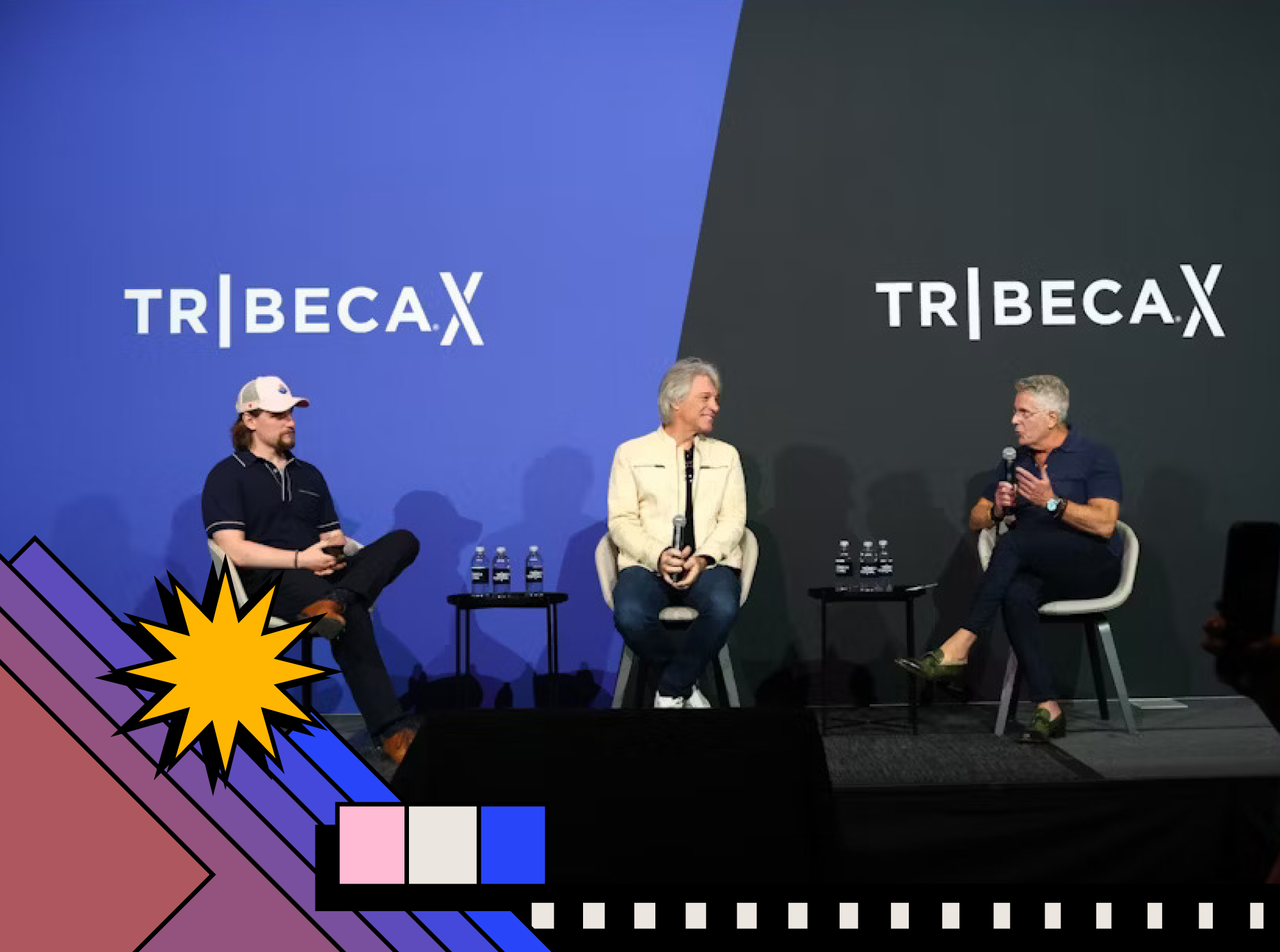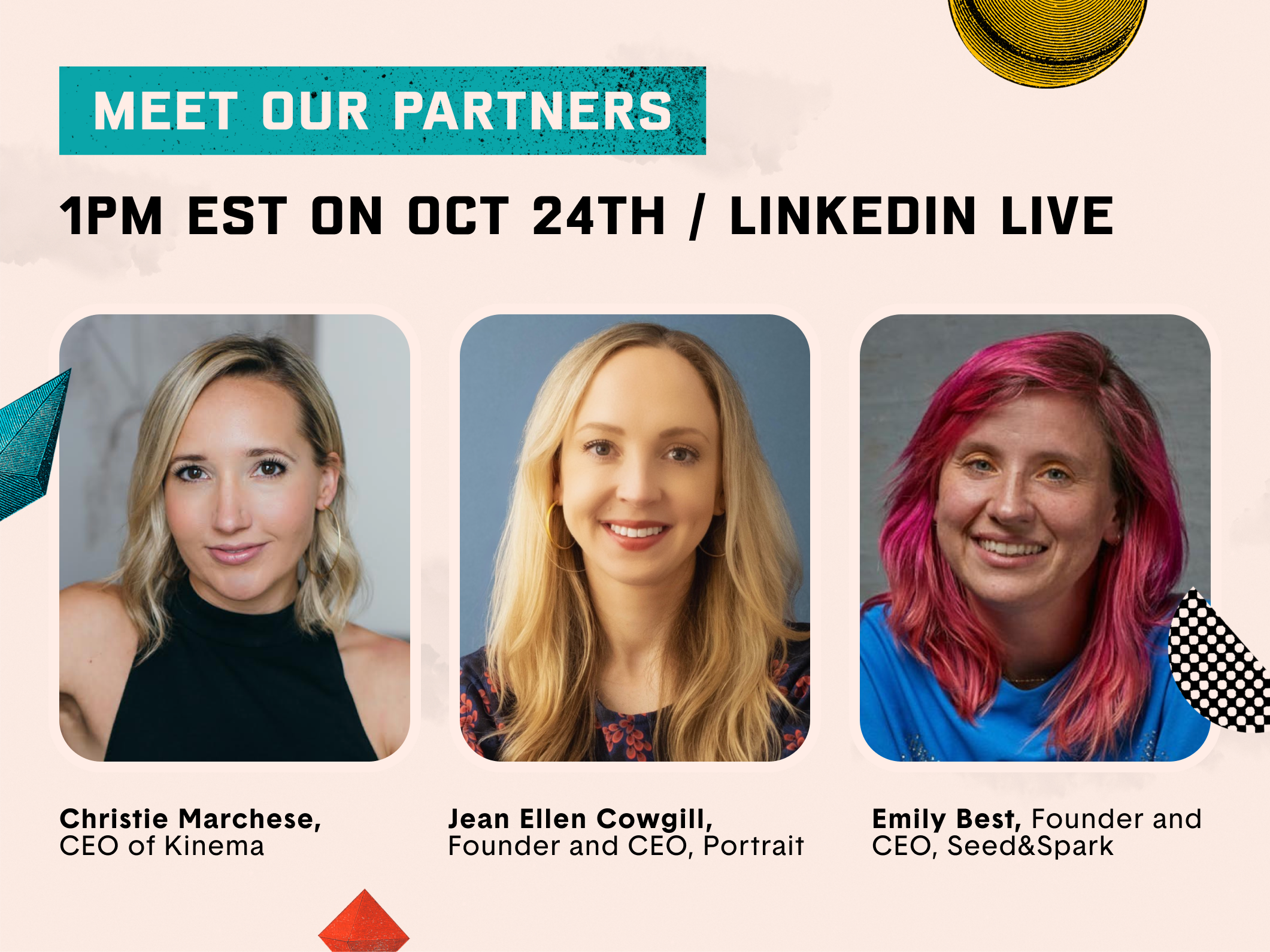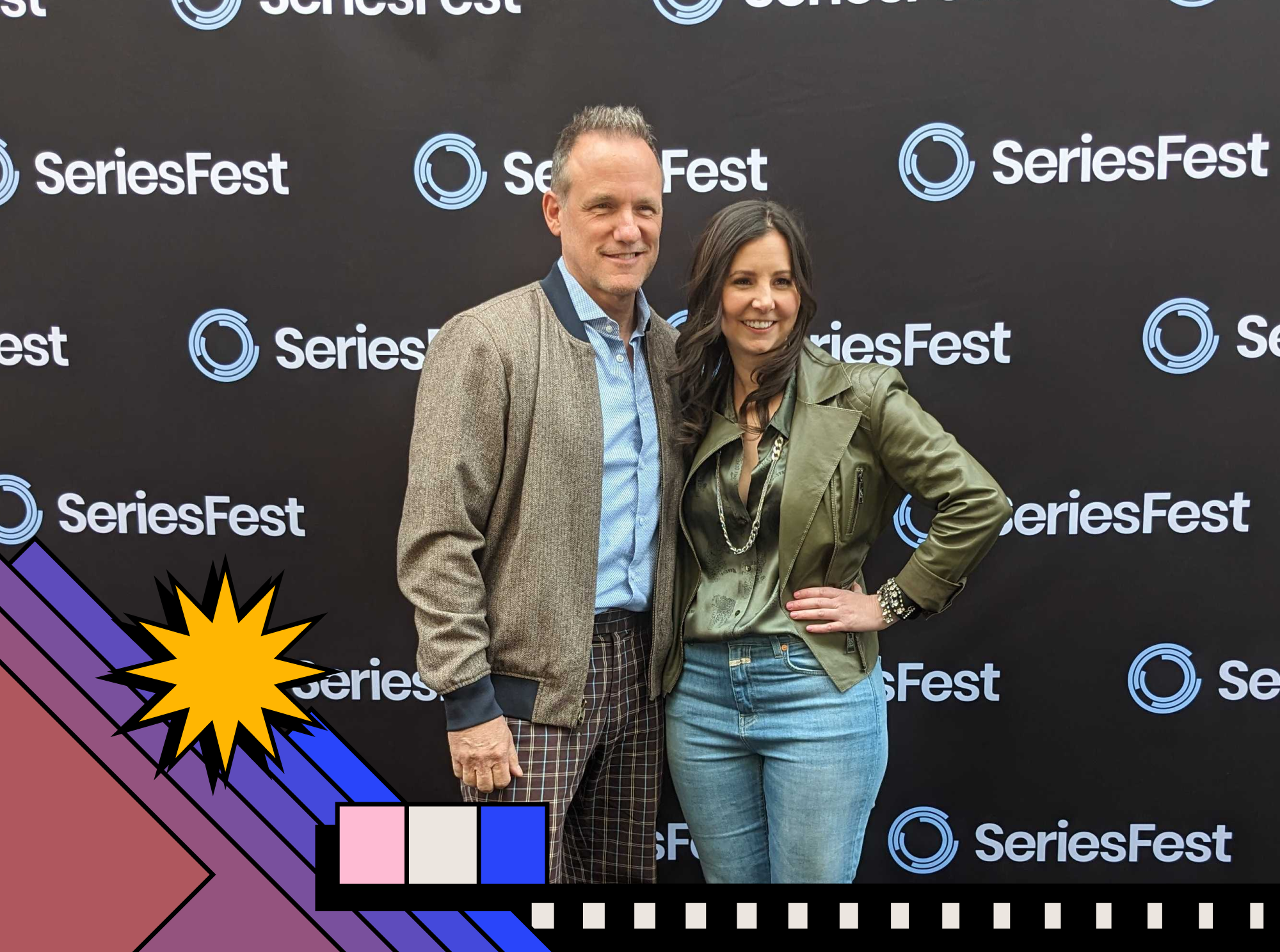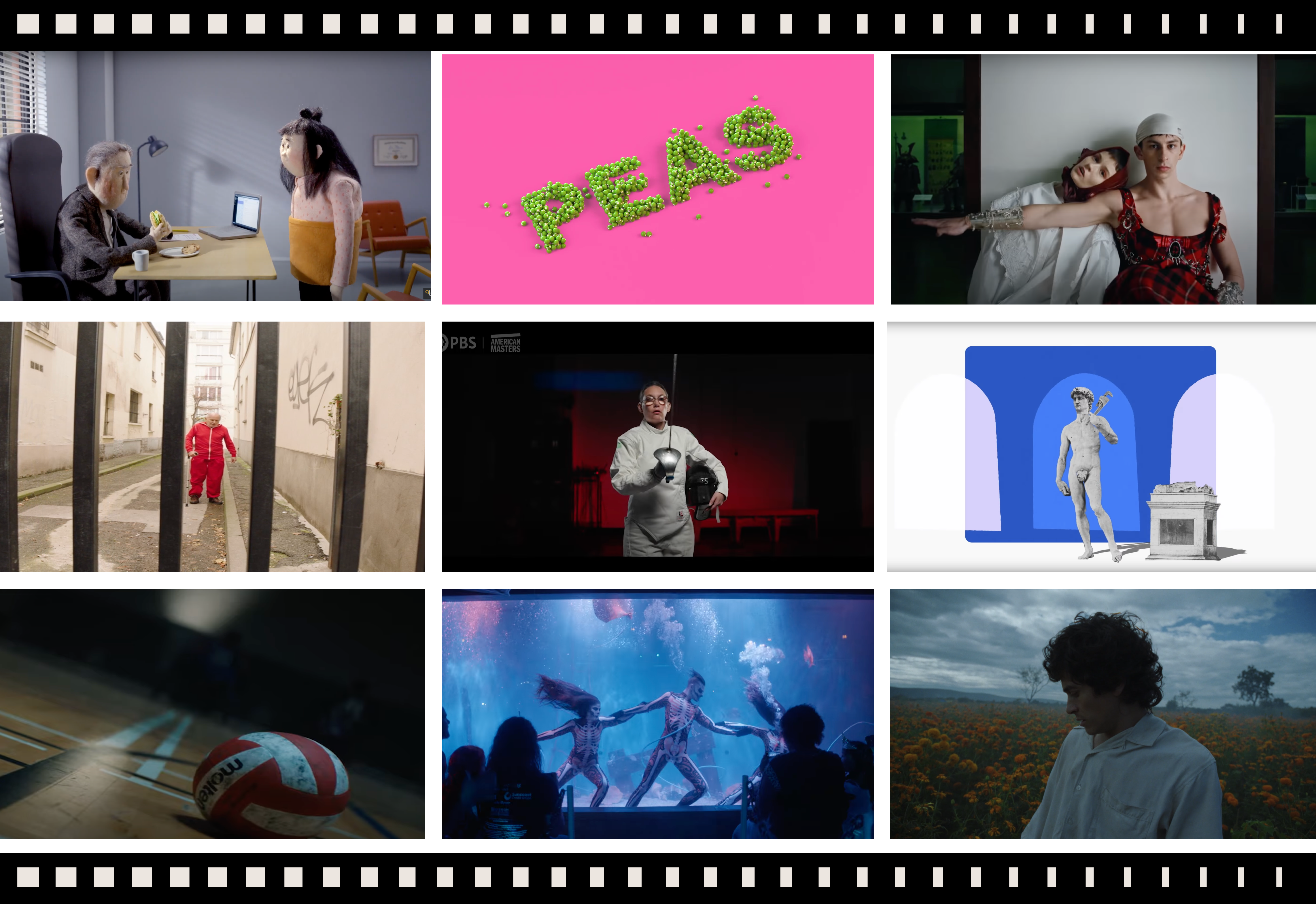By Managing Director Amanda Needham
Tribeca X took place on June 10 and June 11 in New York City, an offshoot of Tribeca Festival.
A space for visionaries across film, entertainment, brands, marketing, art, tech and media to convene, I spent the days listening to talks, chatting informally, and watching incredible new work. Here’s what’s happening across brand-funded series, documentaries and more – where the money’s going and what’s being made next:
- Streaming is evolving with the users – fast. Over the course of the past few weeks, I’ve sat in on conversations with Kocowa, the Korean K-Pop streaming service, as well as listened to talks with ReelShorts at Tribeca X, who are redefining short form content in streaming. Kocowa has a revolutionary format featuring key-word curators in over 70 countries alongside AI to synthesize, enable and learn from user-generated search to optimize how they promote and suggest new shows. ReelShorts started off in gaming, and they are using real-time data from viewers to completely change the format of shows. As in, if episode 6 doesn’t go well, then they reshoot episode 6 and re-release the show. In a rapidly changing streaming environment with real time data, but services are redefining the relationships between viewers and content into a more interactive format.
- Brands are funding multi-format content at multiple stages. Brand-funded content is the highlight of Tribeca X- and the ways in which work had been created was multi-pronged. No longer a sponsorship or ad-placement focus, featured pieces included the L’Oreal documentary around the female ad-exec who created the ubiquitous tagline “Because I’m worth it.” MasterCard emphasized their internal engine for determining what bets they made on content, using their data and insights on where people use their credit cards to inform what kind of experiences they support. By tying in 70% of their spend on experiential, they’ve created robust brand support programs around music, the Grammy’s, etc. Getting in at the development stage of multi-format content deals was the undercurrent, emphasizing new ways for brands to have influence with a focus over general alignment versus utilitarianism, with brand consultants like Roseslice leading the way.
- We haven’t seen anything yet. Some of the most creative boundary-pushing is happening at the edges of the market, in the social media space. The Whaler panel featuring Kareem Rahma and Asher Grodman of the Jacksonville Jaguars demonstrated the total free-form possibilities of brand work. Kareem’s show is traditional commercial work reimagined – a social-first TV show call “Keep the Meter Running” that allows for brands support if they want to identify with his audience or his content. Creator-led content is the future of entertainment, and Kareem is a great example of that potential. Asher’s work is completely experimental – a promotional video turned on its head by the team itself, a scripted-unscripted, celebrity-tinted, archival-fueled comedy piece that allows the brand to have fun and directly engage with their audience. Both of them are pushing the boundaries of what’s possible for brands and the ways they can have a direct connection with their audience.





